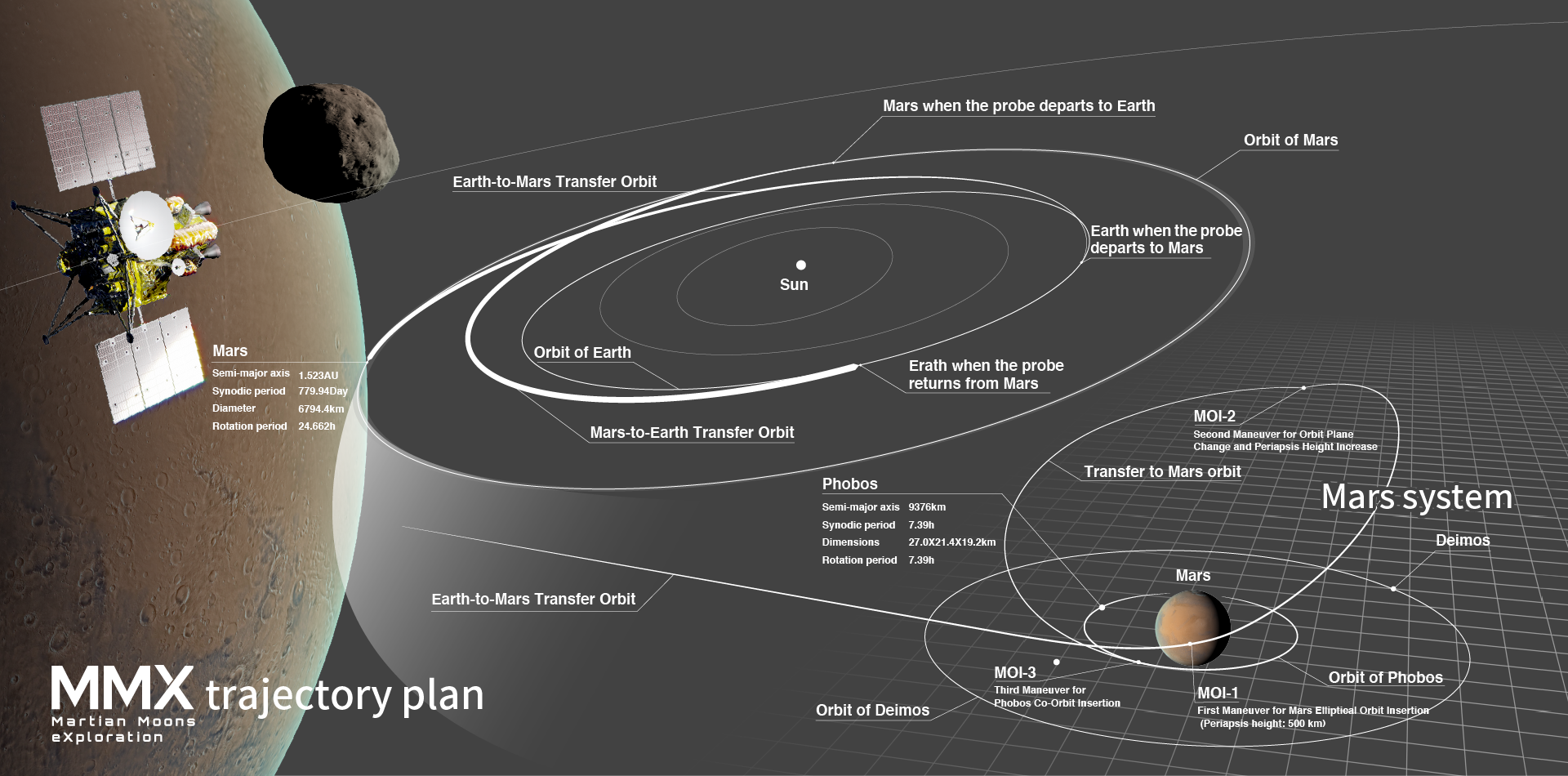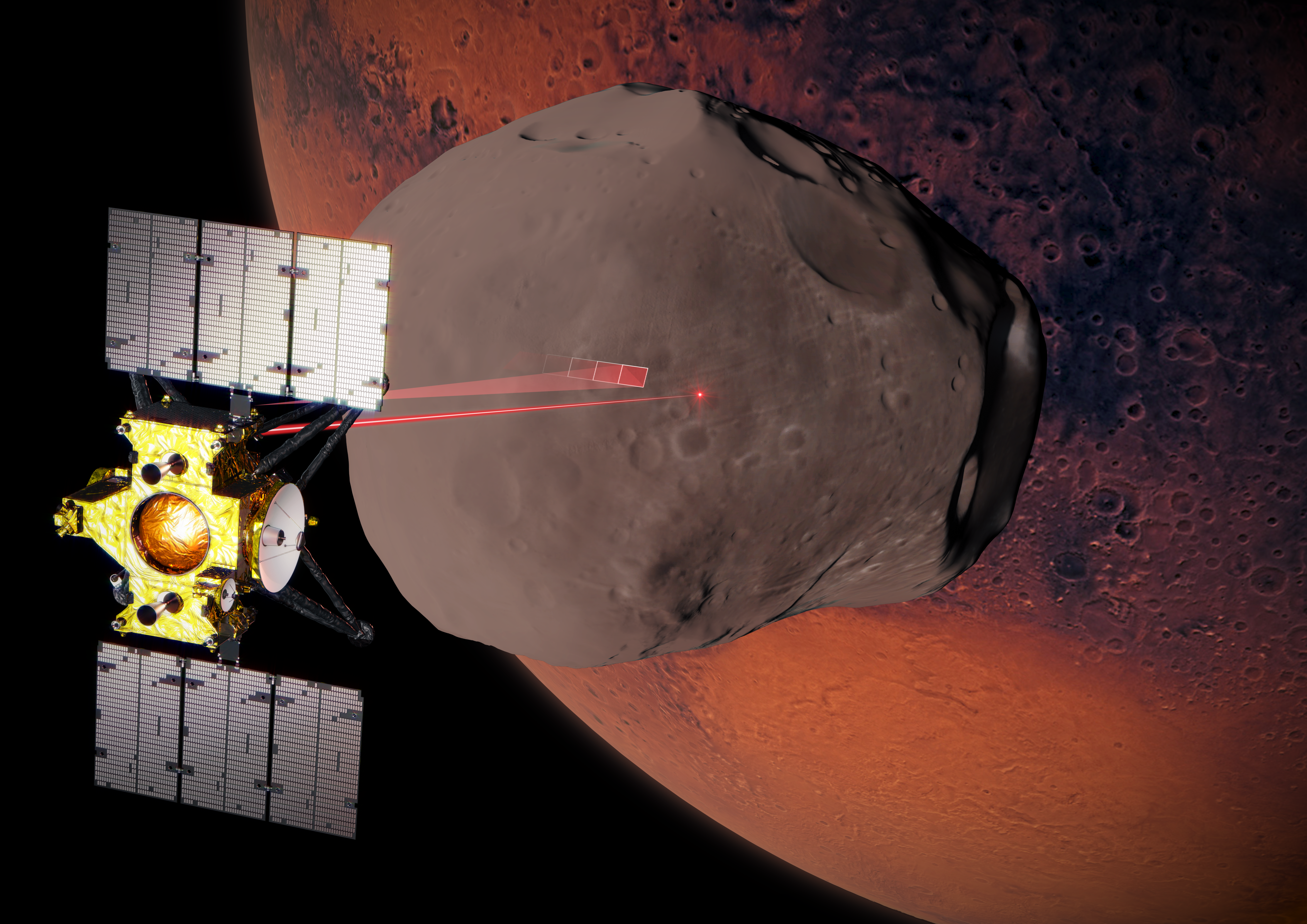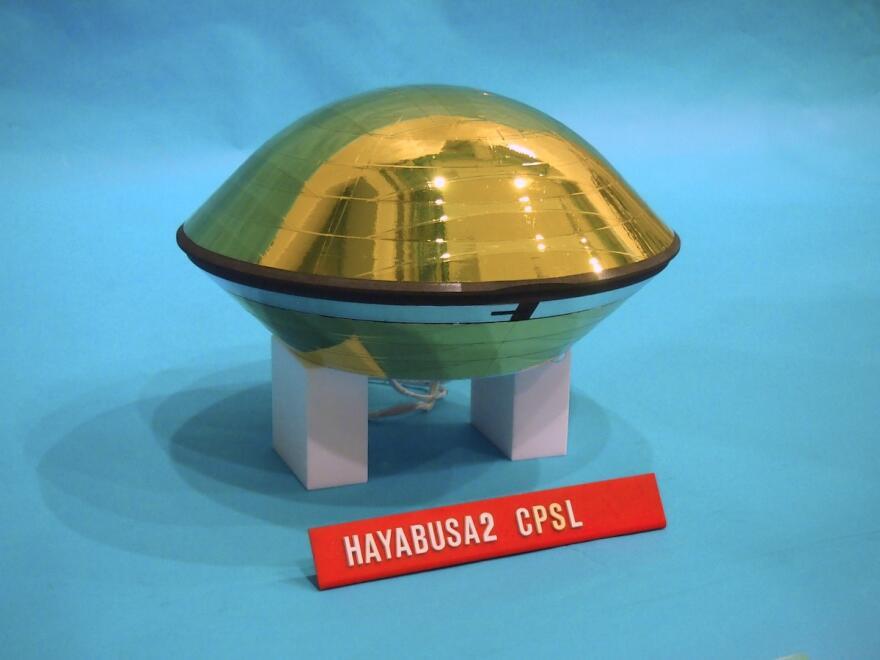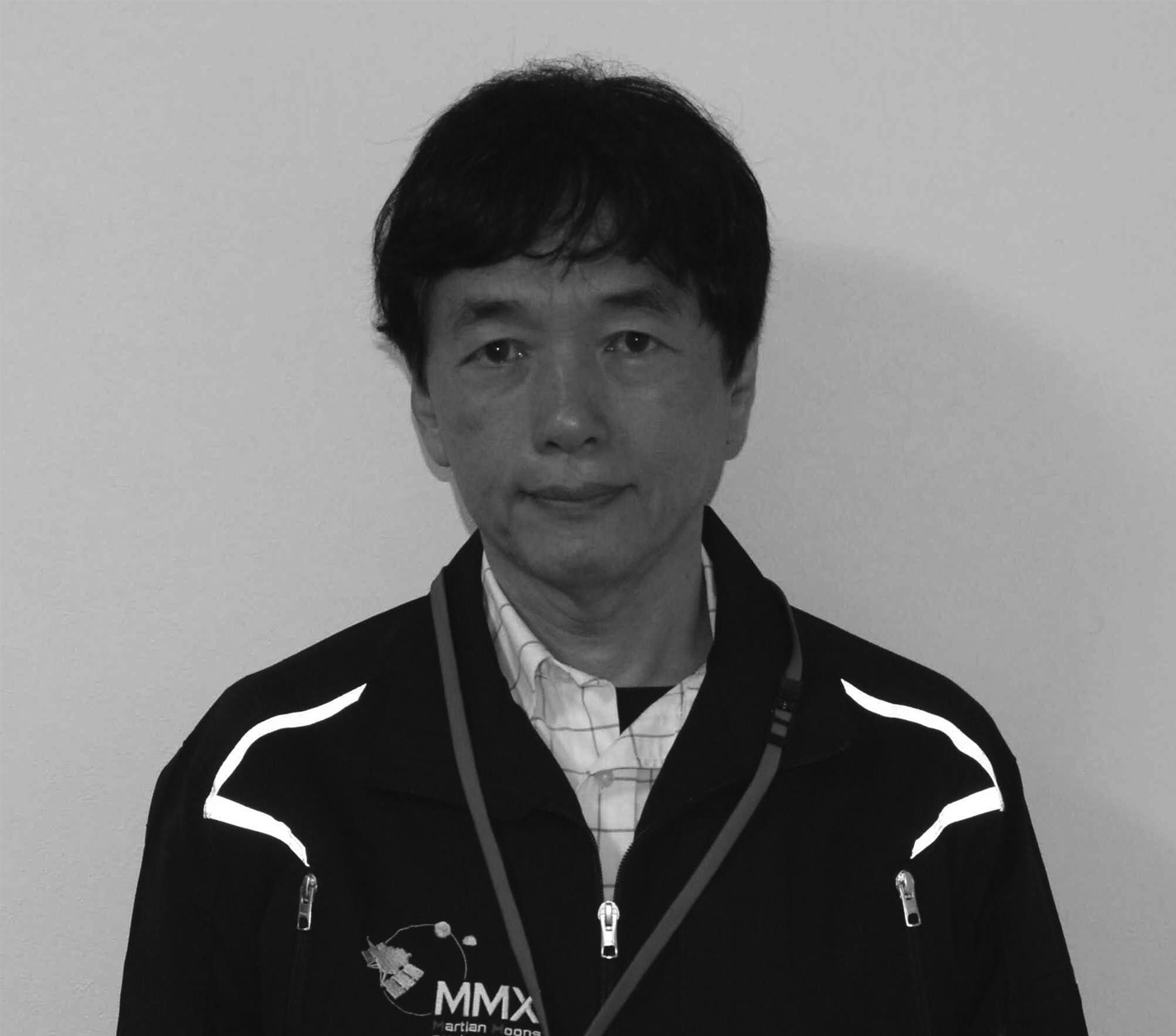
JAXA Space Exploration Center

Collecting Samples From the Martian Moon, Phobos, and Returning These to Earth
Entering the Testing
Phase for the Martian Moons eXploration (MMX) Mission
The Asteroid Explorer Hayabusa2 mission was part of JAXA's small celestial body exploration program. Following on from Hayabusa2, JAXA is now working on the Martian Moons eXploration (MMX) Mission. We interviewed SAWADA Hirotaka and IMADA Takane about the development of a MMX spacecraft, both of whom are members of the MMX project team.
What is the Martian Moons eXploration (MMX) Mission?
The Martian Moons eXploration (MMX) Mission is the world's first mission to collect samples from the Martin moon, Phobos, and bring these back to Earth. Specifically, it is a mission to travel to the Martian sphere, observe the red planet's two moons (Phobos and Deimos), land on Phobos for sample collection, and return to Earth.
The purpose of the MMX mission is to clarify the origin of the two Martian moons, and the evolution process of the planets in the Solar System and that of the Martian sphere (Mars, Phobos and Deimos). During this exploration, JAXA aims to acquire the technology necessary to complete the round trip to the Martian sphere, to perform advanced sampling on the surface of a celestial body, and optimize communication through use of a new ground station.

Conducting tests in the face of the COVID-19 crisis
The MMX spacecraft development has now entered the phase of conducting a series of tests according to Imada: "For both the bus system (a system which provides essential functions such as electric power, communication, attitude control, and so on) and mission instruments (instruments which are used for scientific observations and collecting samples to fulfill the mission goal), we will soon finish the review to evaluate the appropriateness of MMX spacecraft design. Then in June, we will start conducting structural tests, electrical/mechanical interface check to check the mechanical and electrical compatibility between the bus system and mission instruments, and EM tests using an engineering model (to check the functions, performance, durability, and others). Subsequently we will conduct tests for the combined use of the MMX spacecraft with the ground system toward completing all the necessary tests by the end of fiscal year 2023. We will then prepare for the transportation of the MMX spacecraft to the Tanegashima Space Center. From fiscal year 2022, we need to work on finding solutions for issues faced in each of the processes while keeping to the schedule to prevent delays."
Last fiscal year, due to the suspended operation of overseas industry caused by the COVID-19 pandemic, the project team was unable to procure some of the necessary components as initially planned, which forced the team to change the schedule substantially and had a serious impact on the development work. Moreover, a test on a sampling instrument, which had been slated to be conducted in Germany, was cancelled. The team thus faced a range of issues that caused deviations from the original plan.

Artist impression of observing Phobos from an orbit of 70km above the surface of the moon.
"COVID-19 forced us to work remotely, but we were able to hold remote meetings and prepare documents without any problems. However, we were unable to see for ourselves the actual hardware that were under development by manufacturers and affected our on-site work," Sawada recalls.
Imada continues, "We are currently rearranging the schedule so that there will be no delays in the overall development process. From this summer we will start conducting tests on the instruments imported from overseas to Japan. So, we need to monitor the infection situation closely. We are particularly concerned about overseas travel safety."
The challenges of MMX
"The new challenge of landing, in addition to the sample return, makes MMX a very challenging mission," said Sawada, who also worked on the collection of samples from asteroid Ryugu during the Hayabusa2 mission.
For the Hayabusa2 mission, the spacecraft briefly touched the asteroid surface. The MMX mission goes beyond this, with Japan's first attempt to land on a celestial body and then collect samples. The specifications of the sample return capsule were updated from that used for Hayabusa2, so the development of the capsule was also another challenge.
"In order to increase the amount of samples to be collected, the capsule size was changed from 40 cm in diameter for Hayabusa2 to 60 cm in diameter for MMX," explains Sawada. "The 60cm diameter size was the absolute minimum that could take advantage of the technology we had cultivated with Hayabusa2, but it had to be light, so we considered various options, including materials that are both lightweight yet durable".

The Hayabusa2 re-entry capsule.
The MMX spacecraft needs to be equipped with a complex propulsion system and a large amount of propellant to make a round trip to and from the Martian sphere. To compensate for this heavy equipment, it is essential to reduce the weight of other instruments. Following Sawada, Imada also talked about the challenge of developing the spacecraft:
"Hayabusa and Hayabusa2 were missions that collected samples from a celestial body with a little or no gravity. However, Phobos has gravity, and we need to prepare landing legs that are suitable for the gravity level. We had to design the spacecraft by guessing what kind of leg would be necessary for landing on Phobos. But because our knowledge is limited about the surface condition of Phobos, on which nobody had ever landed, and it was quite challenging."
Towards the launch of MMX

MMX spacecraft test model (only the exploration module) undergoing a thermal vacuum test.
The MMX spacecraft has been under development to overcome the problems that arose. Last winter, on the official Twitter account, the MMX project team released information that included photos about thermal vacuum and static load tests.
"MMX had existed on paper until now, but now it has become a real entity. The whole team has a real sense that it is finally ready," Imada said.
Sawada continues, "We cannot feel relaxed during the period from this testing phase to the launch of the spacecraft. If we miss the launch opportunity, we will have to wait another two years for the next attempt. We may encounter many troubles from here on, but we just have to press forward and aim for the launch."
This world's first challenge with MMX, "landing on a Martian moon and retrieving samples", is now entering its critical phase.
Profile

IMADA Takane
Spacecraft System Lead Engineer
Martian Moons Exploration Project Team
JAXA Space Exploration Center (JSEC)
Imada Takane was born in Kumamoto. He has been engaged in R&D (Research and Development) for the H-II second stage propulsion system, the propulsion system for Orbital Re-entry EXperiment (OREX), the H-II Orbiting Plane (HOPE) system, the H-II Transfer Vehicle (HTV) system for the International Space Station and for crewed spaceships, as well as in the design of HTV-R and HSRC, before becoming a member of the MMX project. Imada enjoys traveling around Japan by bicycle, and is also good at cooking, operating a drone and using 3D software to make spacecraft models.

SAWADA Hirotaka
Associate Senior Engineer
Martian Moons Exploration Project Team
JAXA Space Exploration Center (JSEC)
Sawada Hirotaka was born in Nagano. He is research focusses on space robotics and the development of a deep space probes, as well as new exploration technologies for the future. In 2010, Sawada was involved in developing and launching the IKAROS Small Scale Solar Powered Sail Demonstration Satellite, which demonstrated the world's first solar power sail technology. In 2011, Sawada engaged in the development of the sampling instrument for the Hayabusa2 project and in 2020, he joined the sample collection team and brought sample collected by Hayabusa2 from Woomera, Australia to Japan. In 2019, Sawada joined the MMX project. His hobby is watching movies, but he has been too busy to enjoy the hobby since joining the MMX project!
All the images are copyrighted ©JAXA unless otherwise noticed.